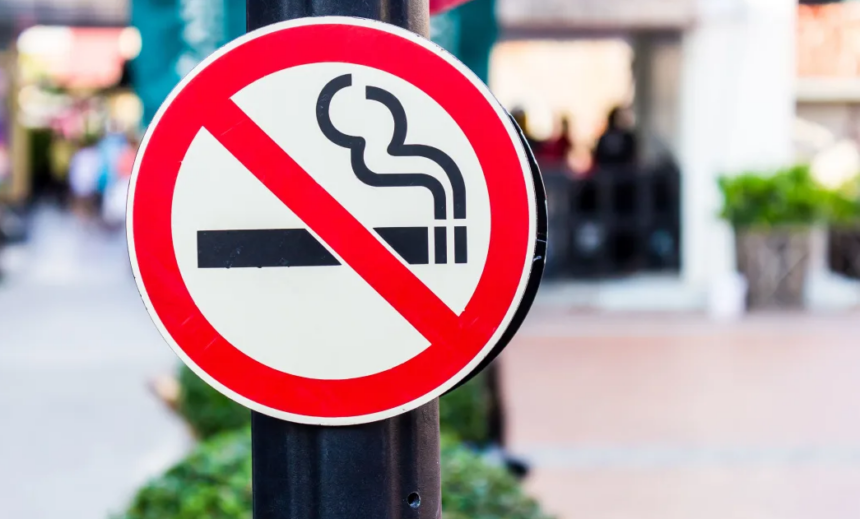I begin with the quote from George Bernard Shaw: “A cigarette is a pinch of tobacco rolled in paper with fire at one end and a fool at the other.”
According to the Global Cancer Observatory (GLOBOCAN) estimates, there were 19.3 million cancer cases worldwide for the year 2020. India ranked third after China and the United States of America in the number of cancer incidents. GLOBOCAN predicted that cancer cases in India would rise to 2.08 million, accounting for an increase of 57.5 per cent in 2040 from 2020.
The National Cancer Registry Programme Report 2020, reported the cancer incidence from 28 Population-Based Cancer Registries (PBCRs) for the years 2012-2016. This was used as the basis to calculate cancer estimates in India. Information pertaining to the population at risk was extracted from the Census of India 2001 and 2011) for the estimation of age–sex stratified population.
In India, the estimated number of cases of cancer for the year 2022 was found to be 14, 61,427. And one in nine people are likely to develop cancer in his/her lifetime in the country. Lung and breast cancers were the leading sites of cancer in males and females respectively.
Each year, World Lung Cancer Day falls on Aug 1. The good thing is a decline has been noted in the incidence of lung cancer worldwide by 2.2 to 2.3 per cent a year — in men since the mid-1980s though only since the mid-2000s in women.
Notably, smoking [use of tobacco] is understood as a major reason for lung cancer and brings about 80 percent of lung cancer deaths; the deadly disease also affects non-smokers. People who have never smoked account for 20% of lung cancer deaths. Other risk factors include the use of multiple forms of tobacco like cigarettes, pipes / hookahs. And chewing tobacco is also deepening roots.
There is no denying that efforts are made to discourage people from smoking tobacco in any form. But seemingly to no use because about 30/% of adults aged just 14- plus use tobacco in multiple forms. The Kashmiris are not an exception. The literature about the causal relationship between lung cancer and tobacco smoking mostly concerns cigarettes.
‘World No Tobacco Day’ on May 31 is also observed in Jammu and Kashmir against tobacco use as the place ‘ faces a huge tobacco burden and is the 6th highest consumer of tobacco use in the country.’
Hookah (pipe tobacco) smoking is popular in the Kashmir valley, and is generally believed to be innocuous because of the passage of the smoke through water before inhalation. Widely practiced in Kashmir, hookah was found to be the commonest form of smoking amongst the patients with lung cancer. An earlier study from Kashmir also reported it as a dominant form in a small group of 25 lung cancer patients.
Additionally, a significant percentage of non-smokers are affected by the second-hand smoke in public transport, other public places and offices. Despite the government’s repeated health warnings in digital and print media, people continue to smoke nonstop. Ironically, the highly educated people also smoke — openly and brazenly.
Smoking gives relief from stress is a common excuse, mostly in lower-income groups. Strong lobbying by the tobacco industry also encourages tobacco users. As the indiscriminate use of tobacco in many forms continues to grow, more and more people are taking to it only to add to the lung cancer cases and the expenses to fight back the disease.
Notwithstanding the strict government directions prohibiting the use of tobacco inside or outside (nearby) the educational institutions, the disappointing trend of smoking is not out of sight. Infact, it is on the rise. Some employees have been seen smoking in and outside the institutional premises; so do some students. Therefore, smoking practices are gaining ground while the government instructions get tossed out of the window. Tragic!
A small story. Once this columnist was rebuked by an officer for entering his office with a newspaper in my hand. “Do you just read newspapers at the school,” the officer roared. “Sir, reading is no crime but smoking in office is an offence,” this author replied. At once, the officer — smoking at that time— scolded me and halted for a month the necessary action on my important official work in his office. An act of revenge.
We believe health is wealth. Practices need to be adopted for a healthier and safer lifestyle, with the government stepping up policymaking to stem the growing menace. Traditional policies that are in place to discourage smoking need a revisit ; preferably supported by research to include newer trends so that people can be discouraged from practices that lead to potentially serious and sometimes fatal diseases such as lung cancer.
Moreover, grown-ups need to set examples of smoking-free behavior wherever they are. Particularly, parents and adults in the society should offer a helping hand to discourage smoking. Anti-smoking literature is likely to have little impact unless what is preached is practiced. It is high time; people see tobacco as an enemy and stay away from it.
(Author is a teacher and RK columnist. He can be reached on: [email protected])








